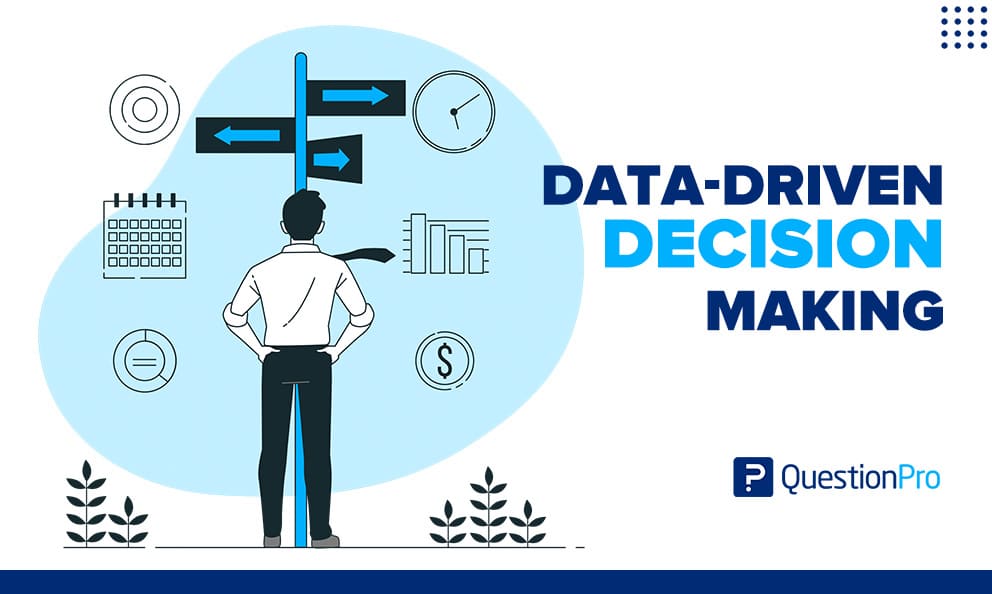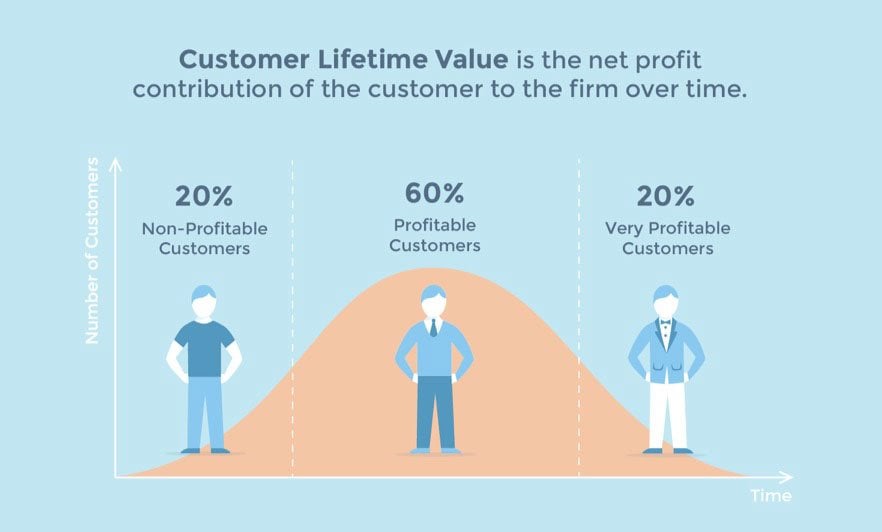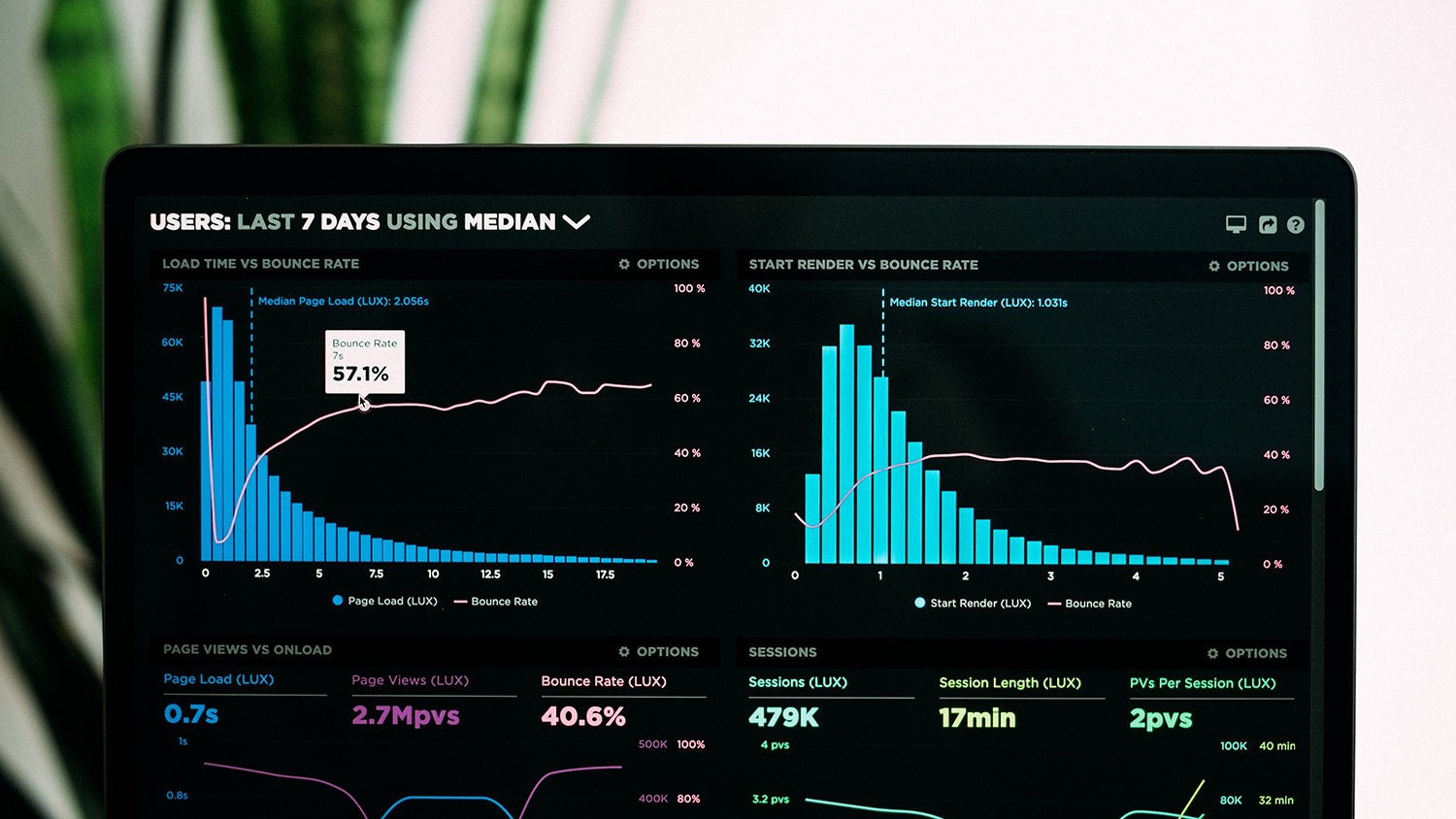Why Data-Driven Decision Making is Crucial for Startups
For startups, making informed decisions is crucial to driving growth and staying ahead of the competition. One of the most effective ways to achieve this is by leveraging data-driven decision making. By using data to inform marketing decisions, startups can optimize their strategies, improve resource allocation, and ultimately drive revenue growth. In today’s digital landscape, startups have access to a vast array of data points, from website traffic and social media engagement to customer acquisition costs and retention rates. By analyzing these metrics, startups can gain a deeper understanding of their target audience, identify areas for improvement, and make data-driven decisions that drive real results.
Startup marketing metrics, in particular, play a critical role in informing data-driven decision making. By tracking key metrics such as customer acquisition cost, customer lifetime value, and retention rate, startups can gain a comprehensive understanding of their marketing performance and make adjustments accordingly. For example, if a startup notices that their customer acquisition cost is increasing, they may need to adjust their
Why Data-Driven Decision Making is Crucial for Startups
For startups, making informed decisions is crucial to driving growth and staying ahead of the competition. One of the most effective ways to achieve this is by leveraging data-driven decision making. By using data to inform marketing decisions, startups can optimize their strategies, improve resource allocation, and ultimately drive revenue growth. In today’s digital landscape, startups have access to a vast array of data points, from website traffic and social media engagement to customer acquisition costs and retention rates. By analyzing these metrics, startups can gain a deeper understanding of their target audience, identify areas for improvement, and make data-driven decisions that drive real results.
Startup marketing metrics, in particular, play a critical role in informing data-driven decision making. By tracking key metrics such as customer acquisition cost, customer lifetime value, and retention rate, startups can gain a comprehensive understanding of their marketing performance and make adjustments accordingly. For example, if a startup notices that their customer acquisition cost is increasing, they may need to adjust their marketing strategy to focus on more cost-effective channels. Similarly, if a startup sees that their retention rate is low, they may need to invest in customer retention programs to improve customer loyalty.
Furthermore, data-driven decision making enables startups to stay agile and adapt to changing market conditions. By continuously monitoring and analyzing their marketing metrics, startups can quickly identify areas for improvement and make adjustments in real-time. This allows them to stay ahead of the competition and capitalize on new opportunities as they arise. In addition, data-driven decision making helps startups to optimize their resource allocation, ensuring that they are investing in the most effective marketing channels and strategies.
Overall, data-driven decision making is essential for startups looking to drive growth and stay ahead of the competition. By leveraging startup marketing metrics and analyzing key data points, startups can make informed decisions, optimize their strategies, and ultimately drive revenue growth. Whether it’s improving customer acquisition, increasing retention rates, or optimizing resource allocation, data-driven decision making is the key to unlocking startup success.
Key Marketing Metrics for Startups: A Beginner’s Guide
As a startup, understanding and tracking key marketing metrics is crucial for driving growth and making informed decisions. Marketing metrics provide valuable insights into the effectiveness of marketing strategies, allowing startups to optimize their efforts and improve return on investment (ROI). In this section, we will introduce the concept of marketing metrics and explain why they are essential for startup growth.
So, what are the most important marketing metrics for startups to track? The answer lies in understanding the customer journey and identifying key performance indicators (KPIs) that align with business objectives. Some of the most critical marketing metrics for startups include customer acquisition cost (CAC), customer lifetime value (CLV), retention rate, and churn rate. These metrics provide a comprehensive understanding of the customer lifecycle and help startups make data-driven decisions to drive growth.
Customer acquisition cost (CAC) is the cost of acquiring a new customer, including marketing and sales expenses. This metric is essential for understanding the efficiency of marketing efforts and identifying areas for improvement. Customer lifetime value (CLV), on the other hand, represents the total value of a customer over their lifetime. This metric helps startups understand the long-term potential of their customers and make informed decisions about resource allocation.
Retention rate and churn rate are also critical marketing metrics for startups. Retention rate measures the percentage of customers retained over a specific period, while churn rate measures the percentage of customers lost. These metrics provide valuable insights into customer satisfaction and loyalty, helping startups identify areas for improvement and optimize their customer retention strategies.
By tracking these key marketing metrics, startups can gain a deeper understanding of their customers, optimize their marketing efforts, and drive growth. In the next section, we will delve deeper into the importance of website traffic and engagement metrics, providing a step-by-step guide on how to track and measure these metrics using tools like Google Analytics.
https://www.youtube.com/watch?v=eg4I-RU_vKU
The Power of Social Media Metrics: Measuring Reach, Engagement, and Conversions
Social media has become an essential channel for startups to reach and engage with their target audience. However, with so many social media platforms and metrics to track, it can be overwhelming to determine which metrics are most important for startup growth. In this section, we will discuss the importance of social media metrics for startups, including reach, engagement, and conversions.
Reach is a critical social media metric for startups, as it measures the number of people who view a social media post or ad. This metric provides valuable insights into the effectiveness of social media campaigns and helps startups understand how to optimize their content for maximum visibility. Engagement, on the other hand, measures the number of likes, comments, and shares a social media post receives. This metric helps startups understand how to create content that resonates with their target audience and drives meaningful interactions.
Conversions are also a crucial social media metric for startups, as they measure the number of customers who complete a desired action, such as making a purchase or filling out a form. This metric helps startups understand how to optimize their social media campaigns for maximum ROI and drive real business results. By tracking reach, engagement, and conversions, startups can gain a comprehensive understanding of their social media performance and make data-driven decisions to drive growth.
So, how can startups track these social media metrics? Social media analytics tools, such as Hootsuite Insights and Sprout Social, provide valuable insights into social media performance and help startups track reach, engagement, and conversions. These tools also provide tips and recommendations on how to optimize social media campaigns for maximum ROI.
For example, startups can use social media analytics tools to track the performance of their social media ads and identify areas for improvement. By analyzing metrics such as click-through rate (CTR) and cost per click (CPC), startups can optimize their ad targeting and ad creative to drive maximum ROI. Additionally, startups can use social media analytics tools to track the performance of their social media content and identify areas for improvement. By analyzing metrics such as engagement rate and reach, startups can optimize their content strategy to drive maximum engagement and conversions.
By tracking social media metrics and using social media analytics tools, startups can gain a comprehensive understanding of their social media performance and make data-driven decisions to drive growth. In the next section, we will delve deeper into the importance of customer acquisition cost (CAC) and customer lifetime value (CLV) for startups, explaining how to calculate these metrics and providing examples of how they can inform marketing decisions.
Customer Acquisition Cost (CAC) and Customer Lifetime Value (CLV): The Ultimate Startup Metrics
When it comes to startup marketing metrics, customer acquisition cost (CAC) and customer lifetime value (CLV) are two of the most important metrics to track. CAC measures the cost of acquiring a new customer, including marketing and sales expenses, while CLV measures the total value of a customer over their lifetime. By understanding these metrics, startups can make informed decisions about how to allocate resources and optimize their marketing strategies.
To calculate CAC, startups need to consider all the costs associated with acquiring a new customer, including marketing and sales expenses, salaries, and overhead. This can be a complex calculation, but it’s essential to get it right in order to understand the true cost of customer acquisition. Once CAC is calculated, startups can use it to determine how much they can afford to spend on acquiring new customers.
CLV, on the other hand, measures the total value of a customer over their lifetime. This includes all the revenue generated by the customer, minus the costs associated with serving them. By understanding CLV, startups can determine how much they can afford to spend on acquiring and retaining customers. For example, if a startup has a high CLV, they may be willing to spend more on acquiring new customers, knowing that they will generate significant revenue over time.
So, how can startups use CAC and CLV to inform their marketing decisions? By understanding these metrics, startups can optimize their marketing strategies to focus on the most valuable customers. For example, if a startup has a high CAC, they may want to focus on retention marketing strategies to reduce the cost of acquiring new customers. On the other hand, if a startup has a high CLV, they may want to focus on acquisition marketing strategies to attract new customers who will generate significant revenue over time.
In addition to informing marketing decisions, CAC and CLV can also be used to evaluate the effectiveness of marketing campaigns. By tracking these metrics over time, startups can see which campaigns are generating the best return on investment (ROI) and adjust their strategies accordingly. For example, if a startup is running a social media campaign with a high CAC, they may want to adjust their targeting or ad creative to reduce the cost of acquiring new customers.
By understanding CAC and CLV, startups can make informed decisions about how to allocate resources and optimize their marketing strategies. In the next section, we will discuss the significance of retention rate and churn rate for startups, explaining how to calculate these metrics and providing tips on how to improve customer retention and reduce churn.
Retention Rate and Churn Rate: The Hidden Metrics that Can Make or Break Your Startup
When it comes to startup marketing metrics, retention rate and churn rate are two of the most important metrics to track. Retention rate measures the percentage of customers who continue to use a product or service over a specific period of time, while churn rate measures the percentage of customers who stop using a product or service. By understanding these metrics, startups can identify areas for improvement and make data-driven decisions to drive growth.
To calculate retention rate, startups need to track the number of customers who continue to use their product or service over a specific period of time. This can be done by analyzing customer data, such as purchase history and usage patterns. For example, if a startup has 100 customers at the beginning of the month and 80 of them are still using the product or service at the end of the month, the retention rate would be 80%.
Churn rate, on the other hand, measures the percentage of customers who stop using a product or service over a specific period of time. This can be calculated by analyzing customer data, such as cancellation rates and refund requests. For example, if a startup has 100 customers at the beginning of the month and 20 of them cancel their subscription by the end of the month, the churn rate would be 20%.
So, why are retention rate and churn rate so important for startups? By understanding these metrics, startups can identify areas for improvement and make data-driven decisions to drive growth. For example, if a startup has a high churn rate, they may need to improve their customer support or product features to reduce the number of customers who cancel their subscription. On the other hand, if a startup has a high retention rate, they may be able to increase their revenue by upselling or cross-selling to existing customers.
In addition to identifying areas for improvement, retention rate and churn rate can also be used to evaluate the effectiveness of marketing campaigns. By tracking these metrics over time, startups can see which campaigns are generating the best return on investment (ROI) and adjust their strategies accordingly. For example, if a startup is running a social media campaign with a high churn rate, they may want to adjust their targeting or ad creative to reduce the number of customers who cancel their subscription.
By understanding retention rate and churn rate, startups can make informed decisions about how to allocate resources and optimize their marketing strategies. In the next section, we will discuss how marketing automation tools can help startups streamline their metrics tracking, providing examples of how automation can save time and improve accuracy.
How to Use Marketing Automation to Streamline Your Metrics Tracking
Marketing automation is a powerful tool that can help startups streamline their metrics tracking and improve the accuracy of their data. By automating routine tasks and processes, startups can free up more time to focus on high-level strategy and decision-making. In this section, we will explore how marketing automation can help startups streamline their metrics tracking and provide examples of how automation can save time and improve accuracy.
One of the most significant benefits of marketing automation is its ability to automate routine tasks and processes. For example, startups can use marketing automation tools to automate the process of tracking website traffic and engagement metrics, such as page views, bounce rates, and conversion rates. This can save a significant amount of time and reduce the risk of human error.
Another benefit of marketing automation is its ability to improve the accuracy of data. By automating the process of data collection and analysis, startups can ensure that their data is accurate and up-to-date. This can help startups make more informed decisions and avoid costly mistakes.
So, how can startups use marketing automation to streamline their metrics tracking? One way is to use marketing automation tools to automate the process of tracking website traffic and engagement metrics. For example, startups can use tools like Google Analytics to track website traffic and engagement metrics, and then use marketing automation tools to automate the process of analyzing and reporting on this data.
Another way is to use marketing automation tools to automate the process of tracking social media metrics. For example, startups can use tools like Hootsuite Insights to track social media metrics, such as engagement rates and follower growth, and then use marketing automation tools to automate the process of analyzing and reporting on this data.
By using marketing automation to streamline their metrics tracking, startups can save time, improve accuracy, and make more informed decisions. In the next section, we will provide a step-by-step guide on how to create a comprehensive marketing metrics dashboard, including tips on how to choose the right metrics, tools, and visualization techniques.
Putting it all Together: Creating a Comprehensive Startup Marketing Metrics Dashboard
Creating a comprehensive startup marketing metrics dashboard is crucial for tracking and analyzing key performance indicators (KPIs) that drive business growth. A well-designed dashboard provides a clear and concise overview of marketing performance, enabling startups to make data-driven decisions and optimize their marketing strategies. In this section, we will provide a step-by-step guide on how to create a comprehensive startup marketing metrics dashboard, including tips on how to choose the right metrics, tools, and visualization techniques.
Step 1: Identify Key Metrics
The first step in creating a comprehensive startup marketing metrics dashboard is to identify the key metrics that drive business growth. These metrics should be aligned with the startup’s overall marketing goals and objectives. Some common metrics to include are customer acquisition cost (CAC), customer lifetime value (CLV), retention rate, and churn rate.
Step 2: Choose the Right Tools
Once the key metrics have been identified, the next step is to choose the right tools to track and analyze these metrics. There are many marketing analytics tools available, including Google Analytics, Mixpanel, and Kissmetrics. The choice of tool will depend on the specific needs of the startup and the metrics being tracked.
Step 3: Design the Dashboard
With the key metrics and tools identified, the next step is to design the dashboard. The dashboard should be easy to navigate and provide a clear and concise overview of marketing performance. Some common visualization techniques to use include charts, graphs, and tables.
Step 4: Track and Analyze Metrics
Once the dashboard is designed, the next step is to track and analyze the key metrics. This involves setting up the tools and tracking the metrics over time. The dashboard should be regularly updated to reflect changes in marketing performance.
By following these steps, startups can create a comprehensive marketing metrics dashboard that provides a clear and concise overview of marketing performance. This enables startups to make data-driven decisions and optimize their marketing strategies to drive business growth.






